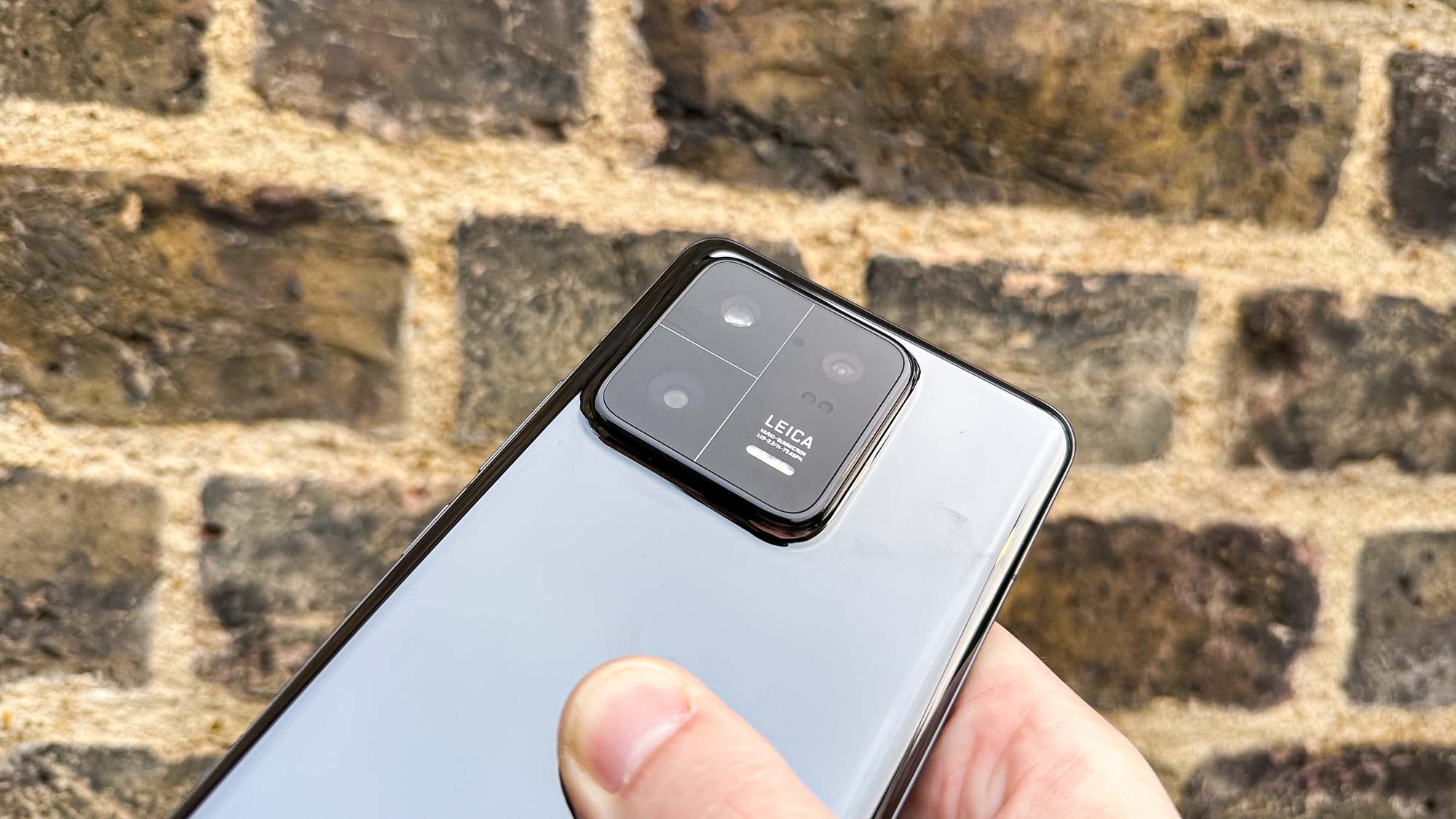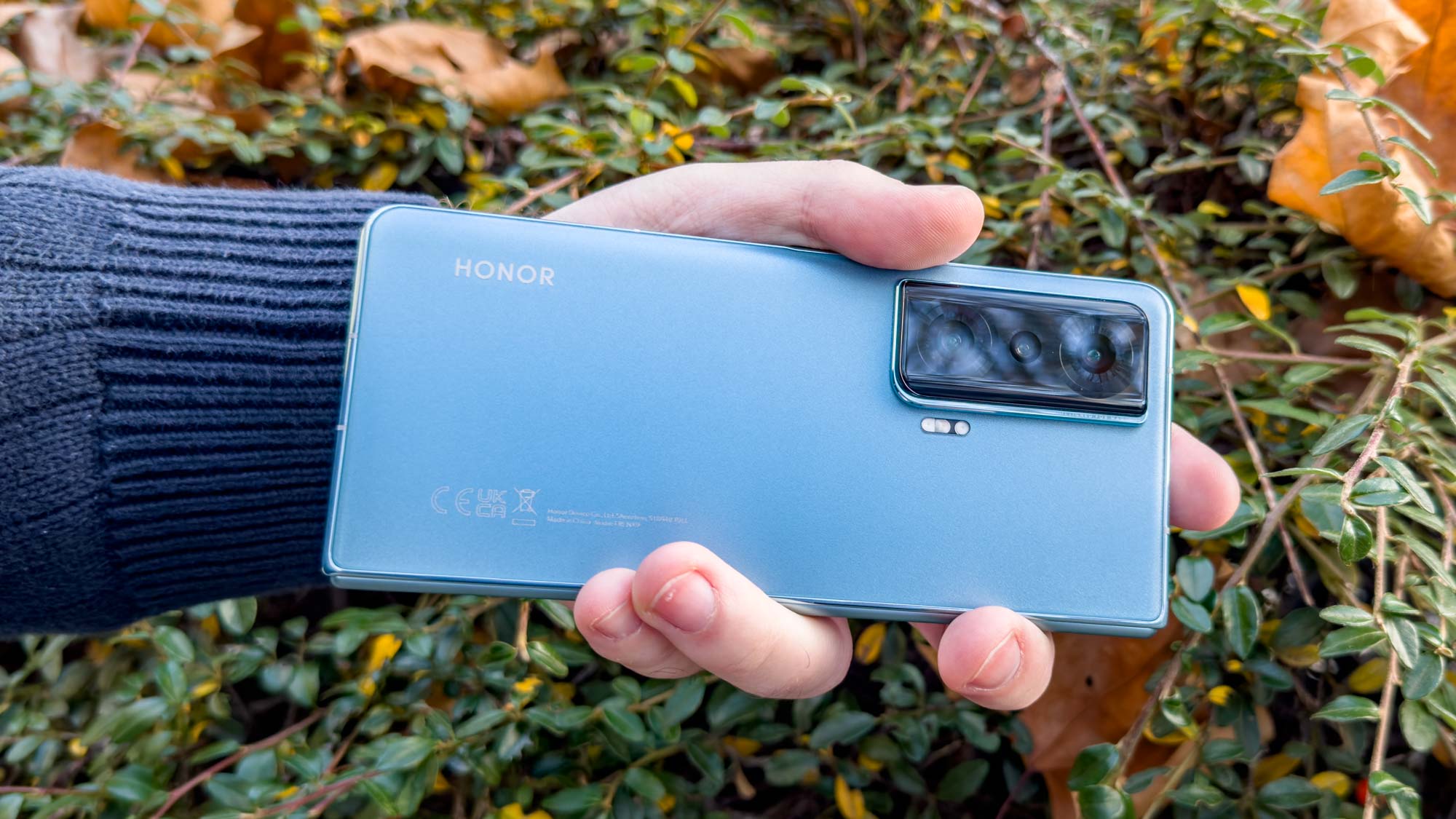The best phones at MWC 2023 show how Apple and Samsung need to up their camera game
Xiaomi and Honor's latest flagships prove Apple and Samsung need to shake up their smartphone cameras

Now that MWC 2023 is drawing to a close, it's time to reflect on what some of the expo's highlights have shown us.
Among the big announcements during the past few days in Barcelona were the Honor Magic5 Pro and Xiaomi 13 Pro, a pair of phones with 50MP sensors for all three of their rear cameras. Although neither of these phones are coming to the U.S. (as far as we know right now), they'll stand out to any phone buyer who happens to compare specs with two of the top-selling phones right now, the iPhone 14 Pro and Samsung Galaxy S23 Ultra.

To be fair to Apple and Samsung, their latest phones' main cameras do impress. The iPhone 14 Pro's 48MP main sensor was a long-requested upgrade that allows greater freedom with digital zoom and impressive 48MP ProRAW shots. The Galaxy S23 Ultra's 200MP main camera has proven equally versatile; able to switch between 12MP, 50MP and 200MP capture modes as the user sees fit, as well as take RAW images for enhanced editing possibilities.
The problem comes with the other cameras on these phones. Both the iPhone 14 Pro and Galaxy S23 Ultra still use fairly pedestrian 12MP ultrawide cameras, and 12MP and 10MP 3x telephoto cameras respectively. The Galaxy also has a 10MP 10x zoom camera on its back, which is a level of optical magnification neither the Honor or Xiaomi can match (they max out at 3.5x and 3.2x optical respectively), but the Galaxy S23 Ultra's zoom is still being fed through a smaller, lower resolution sensor with a small aperture, which limits the situations where these zoomed-in shots will look at their best
We see this on foldable phones too. The Honor Magic Vs doesn't get 50MP cameras across the board, but there are still 54MP main and 50MP ultrawide cameras, beating the Galaxy Z Fold 4's 50MP main camera by a few megapixels and its 12MP ultrawide camera by a whole lot more.

This is something we see time and again with flagship phones from companies outside the phone world's no. 1 and no. 2 players. Samsung and Apple's hardware tends to only get big upgrades every few years, while the smaller companies (smaller on a global scale anyway) are adopting the latest tech much sooner.
We have to make clear that megapixels aren't the only thing that governs a camera's quality. The sensor size, aperture size, shutter speed and numerous software processing tasks can all impact the final photo from a smartphone. But these are areas where non-Galaxy or iPhone phones also have advantages here.
For instance, the Xiaomi 13 Pro's main camera uses a 1-inch main sensor, and the Honor Magic5 Pro a 1/1.2-inch sensor (about 83% of the size). For comparison, the iPhone 14 Pro's main camera has a 1/1.28-inch sensor and the Galaxy S23 Ultra's a 1/1.3-inch sensor.
Get instant access to breaking news, the hottest reviews, great deals and helpful tips.
We've already seen a big shake-up in our best camera phones rankings this year with the Galaxy S23 Ultra knocking the iPhone 14 Pro down to second place, due in part to Samsung's new 200MP camera. It shows that new camera hardware can still have a big effect on image quality, meaning that after more testing, it's entirely possible that the Honor Magic5 Pro or Xiaomi 13 Pro could secure places among the top phones for photography. And even if they don't, Samsung and iPhone users would be right to ask why the biggest phone companies in the world are so complacent with their sensors.

Richard is based in London, covering news, reviews and how-tos for phones, tablets, gaming, and whatever else people need advice on. Following on from his MA in Magazine Journalism at the University of Sheffield, he's also written for WIRED U.K., The Register and Creative Bloq. When not at work, he's likely thinking about how to brew the perfect cup of specialty coffee.
